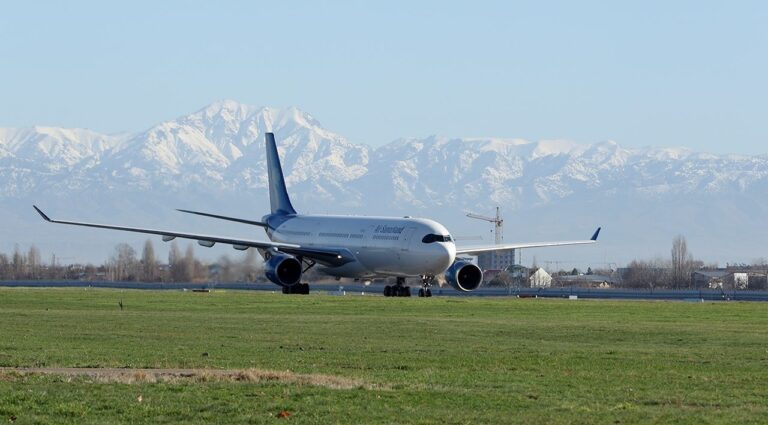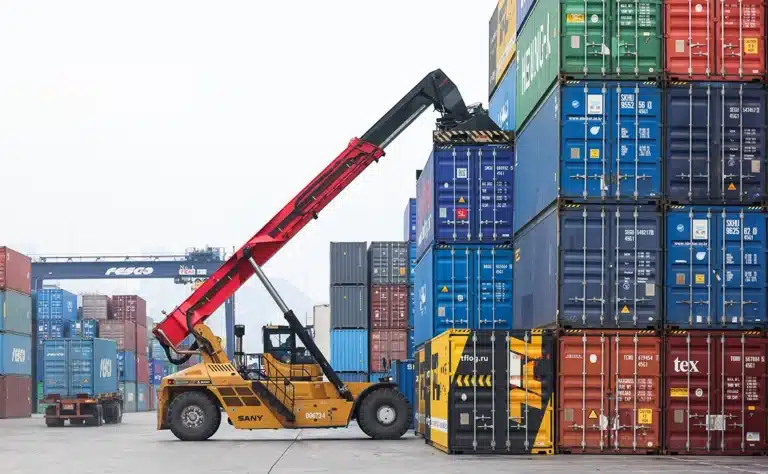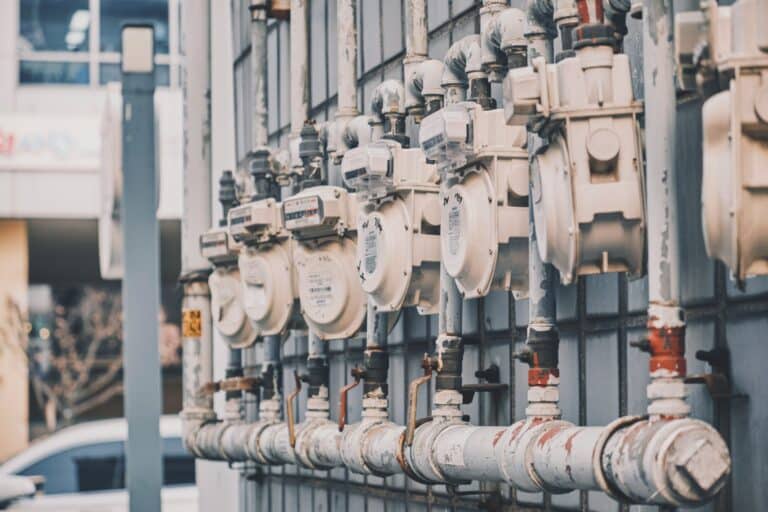
The Asian Development Bank (ADB) projects that Central Asian countries will face average annual losses of 3.8% of their gross domestic product (GDP) due to climate change.
In its new Asia-Pacific Climate Report, ADB experts examined the economic impacts of climate change through 2100.
The modelling estimates that, under a scenario of high greenhouse gas emissions, total climate-related losses in the Asia-Pacific region could reach 17% of GDP by 2070. By 2100, these losses may rise to 41% of GDP.
The ADB model indicates that Central Asian states will experience less severe impacts from climate change. If high greenhouse gas emissions continue, losses could hit 0.7% of GDP by 2035, increase to 1.7% by 2050, and reach 3.8% by 2070. By 2100, losses might grow to 6% of GDP.
In Central Asia, average temperatures will rise faster than the global average. By 2070, the temperature could increase by eight degrees Celsius. Heatwaves with temperatures above 35 degrees Celsius will occur nearly twice as often.
These changes will raise electricity costs and negatively affect labour productivity.
From 2023 to 2030, countries in Central Asia will spend approximately $83.60 per person on climate change adaptation.













